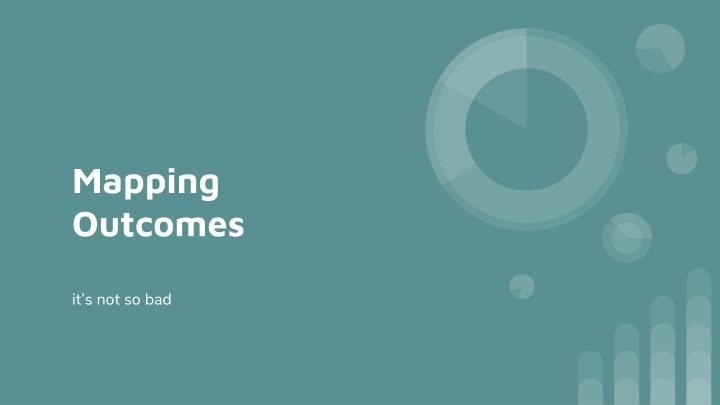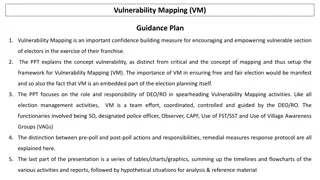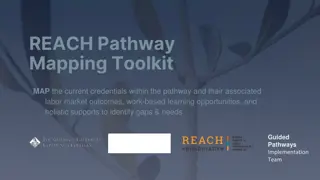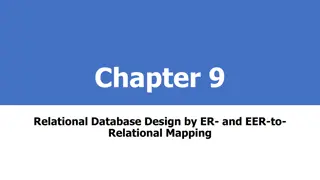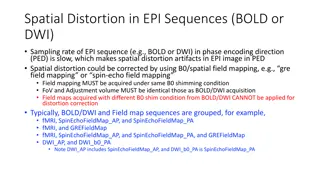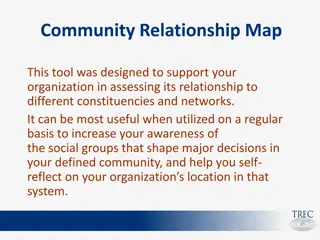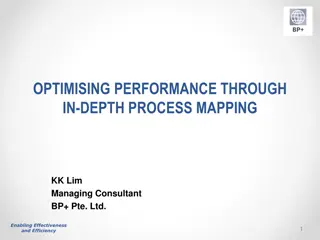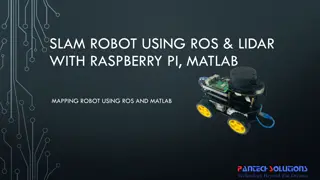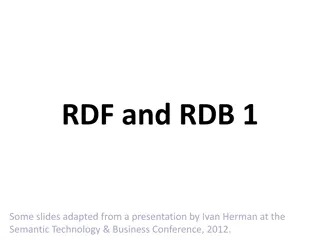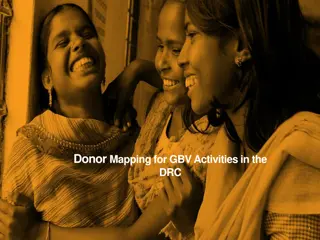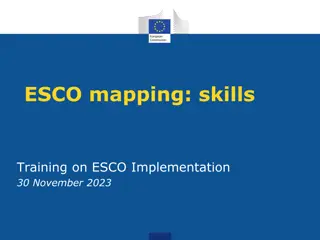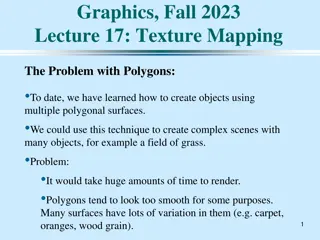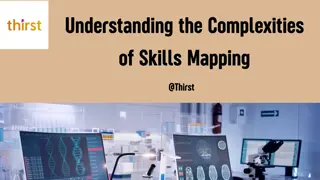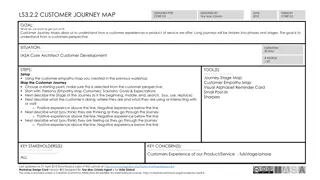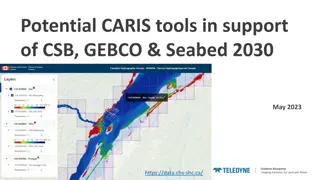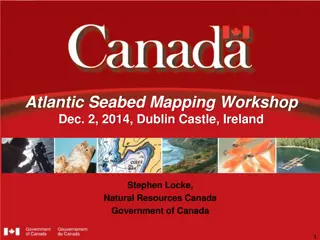Mapping Outcomes in Educational Programs
Explore how mapping outcomes help connect program, course, and institutional objectives. See examples from English, Business, and Chinese courses supporting institutional outcomes such as effective communication and critical thinking.
Download Presentation

Please find below an Image/Link to download the presentation.
The content on the website is provided AS IS for your information and personal use only. It may not be sold, licensed, or shared on other websites without obtaining consent from the author.If you encounter any issues during the download, it is possible that the publisher has removed the file from their server.
You are allowed to download the files provided on this website for personal or commercial use, subject to the condition that they are used lawfully. All files are the property of their respective owners.
The content on the website is provided AS IS for your information and personal use only. It may not be sold, licensed, or shared on other websites without obtaining consent from the author.
E N D
Presentation Transcript
Mapping Outcomes it s not so bad
mapping connects the outcomes It shows which program outcomes are supported by course outcomes It shows which institutional outcomes are supported by course outcomes
ENGL AA-T degree: Students will be able to Analyze and respond critically to literary and expository texts Demonstrate knowledge of a variety of authors, literary genres, and literary devices LIT 201 #1: Demonstrate familiarity with a variety of representative works of American literature from the 1490s through the 1870s, identifying major literary, cultural, and historical themes. BUS. 401 #3: Identify, explain and develop communication skills and tools that contribute to effective verbal and written communication. ENGL 110 #3: Apply critical thinking and reading skills to literary works, from a variety of genres, in order to analyze and interpret them. CHIN 111 #2: Understand short dialogues and narratives on daily life situations introduced in the textbook and supplementary material.
What is mapping? COLLEGE OF SAN MATEO - Institutional Outcomes (includes General Education outcomes) Institutional Learning Outcomes are really long so we ve linked them, but in brief: 1. 2. 3. 4. 5. 6. Independent Learning and Development Effective Communication Quantitative Reasoning Critical Thinking Social Awareness and Diversity Ethical Responsibility and Effective Citizenship
courses and services support institutional outcomes EFFECTIVE COMMUNICATION. The ability of students to write, read, speak, and listen in order to communicate effectively. Students will be able to: Comprehend, interpret, and analyze written and oral information; Express ideas and provide supporting evidence effectively in writing and in speaking; Express ideas creatively through verbal and non-verbal media (e.g. music, art, dance, etc.) Communicate effectively in a group or team situation. ENGL 100 #2: Write text- based expository essays unified by a thesis and by an organizational strategy that reflect the assignment's task and purpose CHEM 220 #1: Demonstrate an understanding of the basic principles of chemical reactions and reaction processes through explanations and appropriate calculations. DENT 753 #1: Demonstrate the ability to communicate professionally & effectively with patients and the dental team ART 206 #4: Describe, interpret and assess their own artwork and that of their peers and professional artists.
mapping & assessment A review of the program map helps faculty make sure that the program is coherent and current. purpose: for faculty to have a focused discussion on curriculum to ensure a clear path to the program learning goals for faculty to review and reflect on the outcomes red flags: courses, inside and outside your discipline, whose outcomes have changed required or elective courses that don t support any program outcomes program outcomes that aren t supported by any required or elective courses outcomes, course or program, you no longer like / no longer meet student needs
mapping & assessment a review of the ILO map gives us an interdisciplinary picture of how students are doing in the core competencies outlined in the institutional outcomes. purpose: to find places / competencies where faculty can collaborate for faculty to discuss and reflect on shared learning goals for discipline faculty to review and reflect on their role in GE or institutional outcomes red flags: courses that do not appear to support any of the ILOs courses included in the GE transfer pattern that do not support the GE outcomes (#2-6)
some tips for mapping ONE: Keep it simple - one connection is enough.
Some tips ONE: Keep it simple. One connection is enough. TWO: Keep it real. What does your subject mostly address, at the institution?
Some tips ONE: Keep it simple. One connection is enough. TWO: Keep it real. What does your subject mostly address, at the institution? THREE: Don t overthink. Stick to the obvious.
Some tips ONE: Keep it simple. One connection is enough. TWO: Keep it real. What does your subject mostly address, at the institution? THREE: Don t overthink. Stick to the obvious. FOUR: Don t be afraid to revise. The goal is not to create a channel for data retrieval, but for you to reflect on your curriculum.
attend mapping workshops Mapping workshops are held regularly throughout the two-year program review cycle, and on request. Contact your SLOAC!
